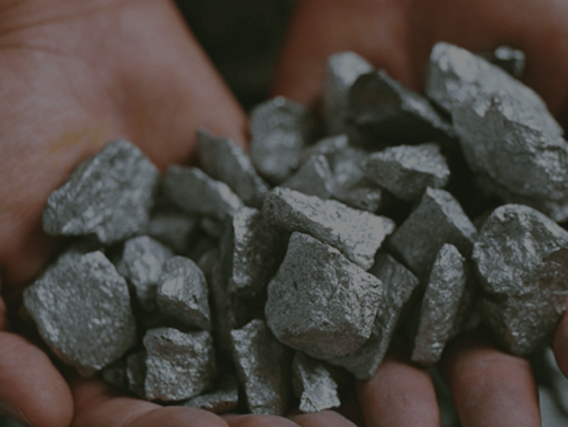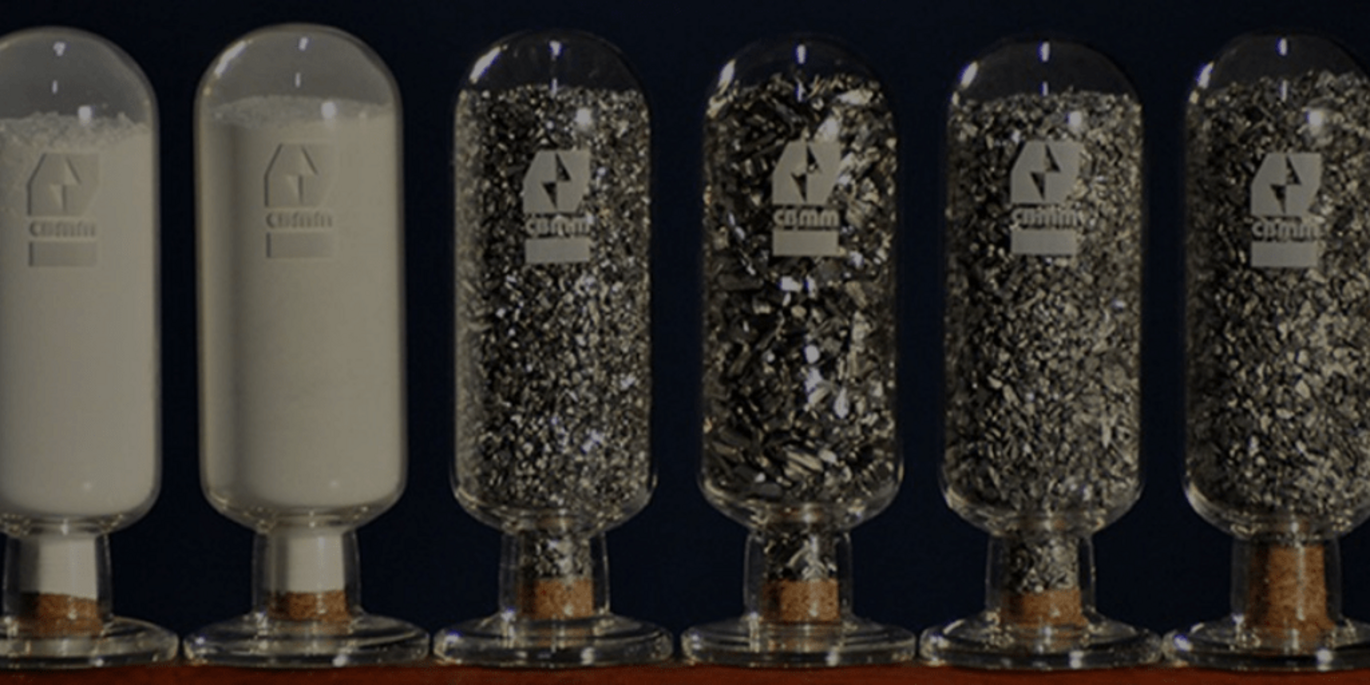
The discovery of niobium dates back more than 200 years, its name is a reference to Greek gods and its fame has grown notably with the advance of the narrative of, at the time, federal deputy President Jair Bolsonaro.
The protagonist of the discussion here is Niobium, an element with atomic number 41 on the periodic table and with an average crustal concentration equal to that of the elements Lithium and Nitrogen, around 4,000 times greater than Gold, as recorded in the table in the Handbook of Chemistry and Physics, 85 Edition.
First named columbium in 1801 by its discoverer Charles Hatchett, in reference to the place where the sample was collected, the United States, which at the time bore the popular name of Columbia, derived from the name of Christopher Columbus.
After being confused with tantalum, it wasn't until 1846 that Heinrich Rose proved that the elements were different. While the name columbium was still retained by some researchers, others adopted the name niobium in reference to Niobe, daughter of Tantalus in Greek mythology.
